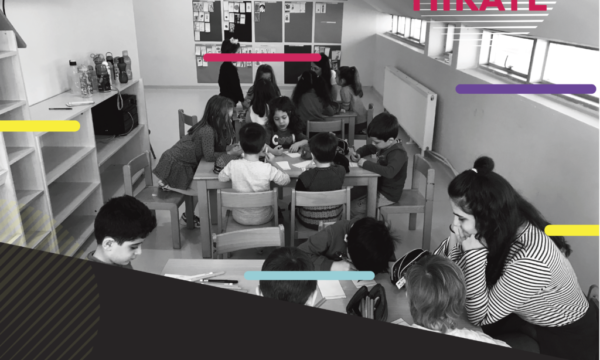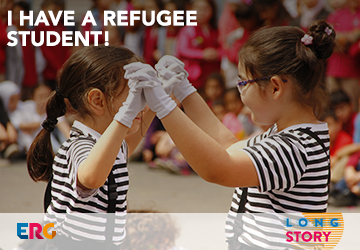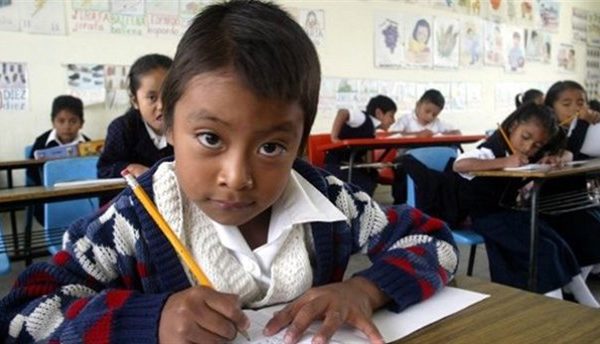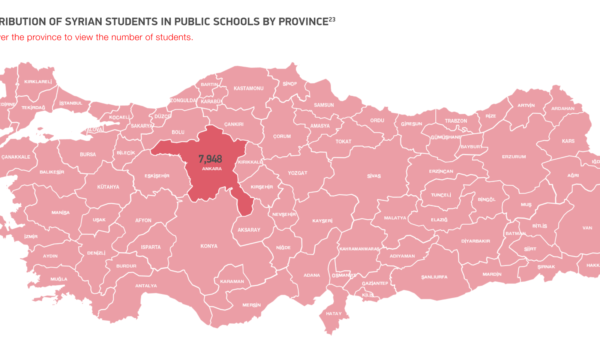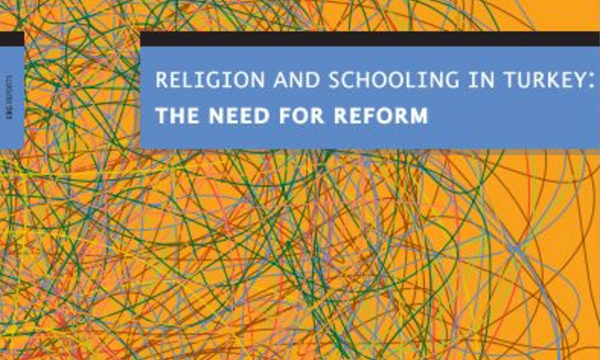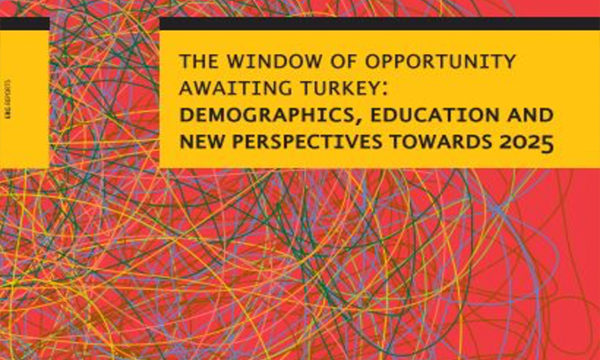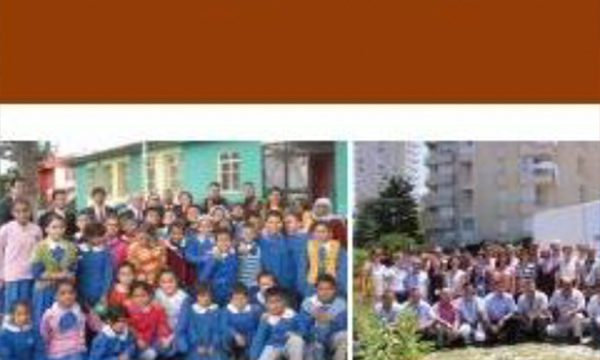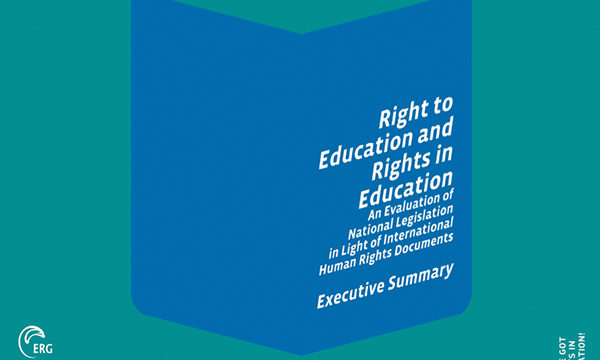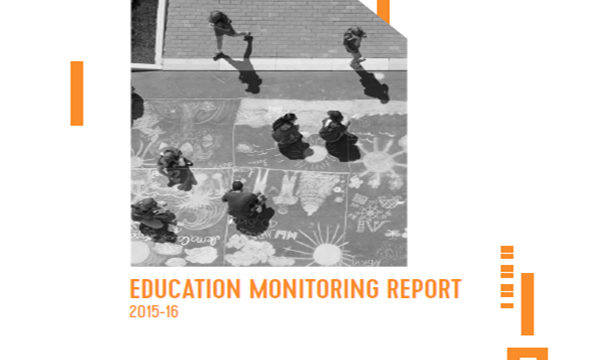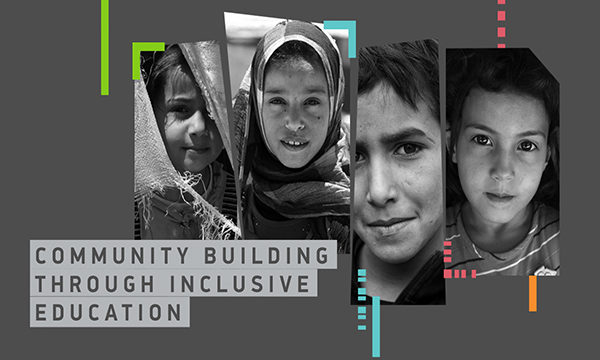Newsweek, Pınar Ersoy
Turkey has been in mourning since late November when a fire rampaged through a girls’ dormitory in Aladag, a town of 18,000 in Adana province of southeast Turkey. Eleven students and one teacher were killed, cracking open a debate in Turkey about controversial approaches to educating girls in rural areas, and whether the government is doing enough to monitor religious groups who increasingly are educating them.
The fire is believed to have been caused by an electrical fault, although reports from the town suggest that lack of proper inspection and inadequate emergency precautions played a major role in the tragedy.
The girls who lost their lives were as young as 11 years old, and were staying in a dormitory, away from their families. Since the 1990s, Turkey favors a so-called mobile education system where poorly-staffed schools in remote villages are closed down and replaced with fully-staffed, larger schools in towns. To get there, families must send their children in buses with long commutes, or opt to house them in dormitories.
When there is a shortage of dormitories, religious sects often fill in the gaps, leaving the families with no other choice than sending their daughters to religiously organized dorms. The building where the fire raged was one such dormitory, run by Suleymancilar—a religious Sunni Muslim sect.
Zeliha Avcı, 13, was among the children who died in the fire. Speaking to BBC Turkish, her father, Mustafa Avcı explained that they lived 35 kilometers away. A state-run dormitory had been demolished because it didn’t meet earthquake safety regulations. So the family’s only option for sending Zeliha to school was to leave her at the sect’s dorm.
“Our financial situation wasn’t good.The teachers told us to send our children to this dorm. We didn’t want it, neither did the kids. But we didn’t have an option. That’s why our daughter was burnt to death there” Mustafa Avcı said in the interview.
In talking to the local press, many families complained about aggressive recruiting tactics by powerful religious sects, and that once in the school, their daughters were forced to pray and clean and cook in the dormitories. Even worse, some of the surviving students reported that prior to the fire, handles to exit doors had been removed by school officials fearful that girls would leave without permission. A number of girls died by the sealed exit door. There is currently an investigation underway, and police have arrested six school employees.
This is not the first time a deadly accident has occurred at a religious dormitory run by Suleymancilar. In 2008 in Konya, 17 female students died from a gas explosion in a dormitory. Despite a lengthy trial, no arrests have been made.
In 2004, the ruling AKP changed the law to allow religious movements to open dormitories. “The government didn’t offer education opportunities to these children in their own villages and obliged them to stay in dorms run by religious sects,” says Onursal Adıgüzel, an MP from the opposition CHP. In addition, private dormitories are intended only for high school students, not for children as young as 11.
“Children this age are not permitted to stay in dorms. So how is it that these students are allowed to stay in these [sect affiliated] dormitories?” he asks.
The “mobile education system” was developed as an alternative to understaffed village schools in Anatolia. The project gained prominence in the 1990s and have been widely adopted. As of the 2015-2016 school year, 1.2 million students have been transported to schools in towns.
Many argue that it’s an obstacle for girls’ education. “It’s a known fact that mobile education makes it especially harder for girls to attend school. Even though we don’t have official data, we know that it’s a factor in girls leaving school” says Adıguzel. “When you consider the socio-economic structure of our country, you have to accept that families are not willing to send their children to schools that are far away.”
However there isn’t enough data to determine if the system in fact makes it harder for girls to access school, warns Dr. Aysel Madra from Education Reform Initiative (ERI). “It’s possible, but we don’t have the data to determine it,” she explains.
On the other hand, the fact that the girls are officially registered in school doesn’t necessarily mean that they are at school. “There has been improvement in girls’ schooling rates in the last 10 years but we don’t know if these girls actually attend school,” warns Madra.
In Turkey, the average schooling rate for boys and girls are almost the same, around 94 percent for elementary and middle school children and around 80 percent for high school students. However in southeastern cities, there is as much as a 4 point difference between girls’ and boys’ schooling rates.
If girls are able to attend school despite the challenges, it’s partly thanks to a decade long campaign in civil society, where several NGOs have been working to build secular, safe dormitories for them.
One of the most prominent campaigns, Baba Beni Okula Gönder (Dad Send Me to School), was run by the Aydın Dogan Foundation. Since 2005, they’ve opened 33 dormitories for girls in various locations around the country. The foundation donated all of them to the Ministry of Education. Every year 3,500 girls benefit from these dormitories.
The campaign was especially helpful to high school girls. Since there aren’t high schools in villages, girls who want to continue their education must find accommodation in towns. “Our dorms were very beneficial in helping them continue their education” explained Nilgun Yorgancılar, the project coordinator for Baba Beni Okula Gönder. (The Dogan Foundation is still running the campaign but is no longer building additional dormitories.)
Zeynep Uçar, was among the girls who benefitted from staying at foundation’s dorms. In a testimonial she gave for the campaign’s anniversary in 2015, she said that she wanted to become an English teacher. Another girl, Medine Yıldırım, said that she wanted to study in the UK and become a doctor. Her dream was to come back to her village in Siirt and help the families there.
They are not alone in dreaming big. According to a study published by Aydın Dogan Foundation, 93 percent of the girls who attended school through the foundation’s dormitories want to continue their education. 90 percent attend high school or university whereas only 45 percent for girls who have not been part of the program do. Perhaps, more importantly, 73 percent believe they have a voice and that they can change their immediate surroundings, whereas only 39 percent of other girls do.
Since the fire, increased scrutiny is being paid to poorly maintained girls’ dormitories across the country. Hopefully soon, girls will no longer have to endure such hardship simply to go to school.
Pinar Ersoy is a journalist for The Fuller Project for International Reporting, which supported the reporting for this article.

